Home>Furniture>Living Room Furniture>What To Do With Old Couch Cushions
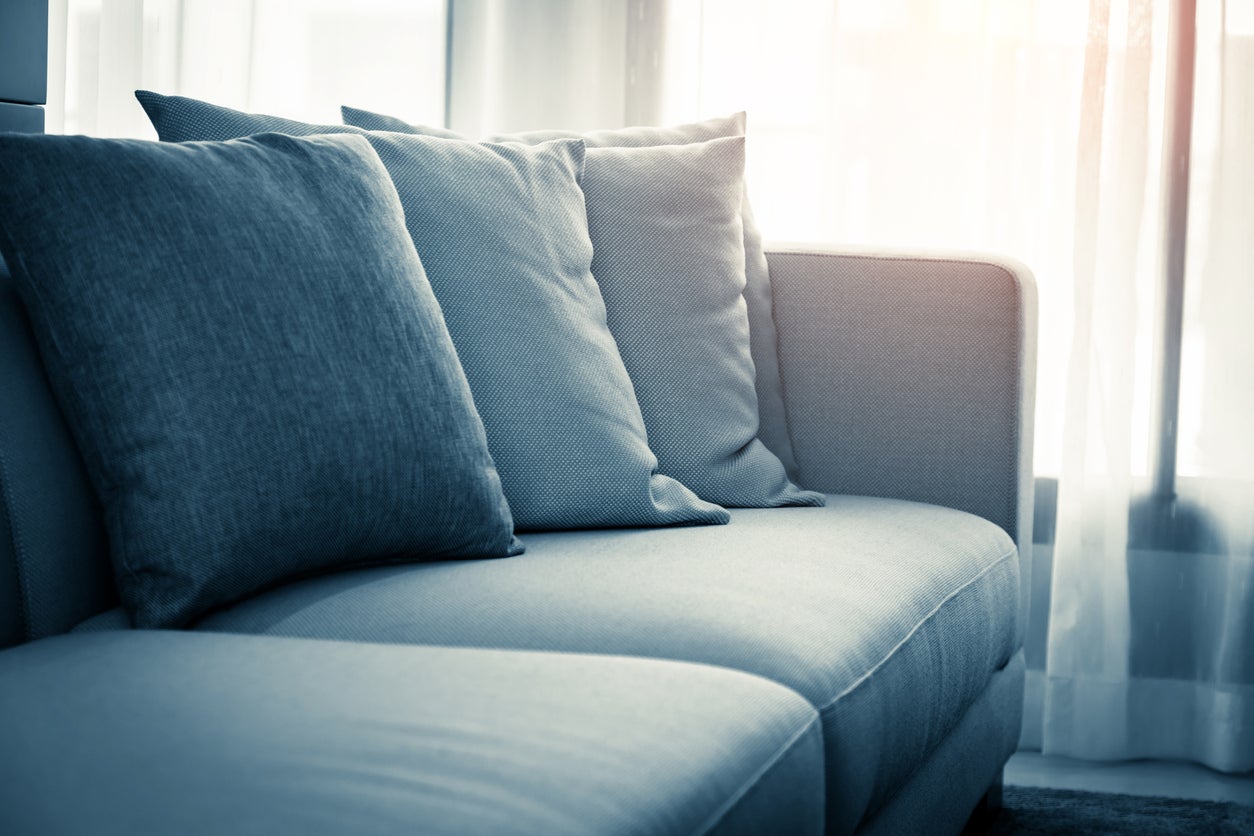

Living Room Furniture
What To Do With Old Couch Cushions
Modified: March 16, 2024
Looking for new ideas for your living room furniture? Learn what to do with old couch cushions and give them a new life in your home decor projects.
(Many of the links in this article redirect to a specific reviewed product. Your purchase of these products through affiliate links helps to generate commission for Storables.com, at no extra cost. Learn more)
Introduction
As furniture gets old and worn out, it’s natural to think about replacing it. When it comes to couches, the cushions are often the first to show signs of wear and tear. While you may be tempted to throw them away and purchase new ones, there are actually several creative and eco-friendly ways to repurpose old couch cushions. By giving them a new lease on life, you can save money, reduce waste, and add a touch of uniqueness to your living space.
In this article, we will explore eight innovative ways to reuse old couch cushions. Whether you’re looking to spruce up your outdoor lounge area, pamper your furry friends, or embark on fun DIY projects, you’ll find plenty of inspiration here. Let’s dive in!
Key Takeaways:
- Don’t toss old couch cushions! Repurpose them into outdoor lounges, pet beds, and floor pillows. Save money, reduce waste, and add unique flair to your living space.
- Get crafty with old couch cushions! Sew stuffed animals, create DIY bean bag chairs, or donate/recycle. Embrace sustainability and unleash your creativity with repurposed materials.
Read more: How Long Do Couch Cushions Last
Ways to Reuse Old Couch Cushions
Don’t let your old couch cushions end up in a landfill. Instead, consider these creative ways to repurpose them and give them a new purpose in your home:
- Outdoor Lounge: Transform your outdoor space into a cozy retreat by using old couch cushions to create a comfortable seating area. Simply arrange the cushions on a sturdy base, such as wooden pallets or a platform, and add outdoor-friendly covers for protection against the elements.
- Pet Beds: Our furry friends deserve a comfortable place to rest, and old couch cushions can provide just that. Repurpose them into cozy pet beds by covering them with washable fabric and adding extra padding if needed. Your pets will appreciate the softness, and you’ll save money on buying new pet beds.
- Floor Pillows: If you love informal gatherings or have children who enjoy floor play, repurposing old couch cushions into floor pillows is a fantastic idea. Simply cover the cushions with vibrant and durable fabric, and you’ll have comfortable and stylish seating options for your guests or a cozy spot for family activities.
- DIY Bean Bag Chair: Create a fun and comfy seating option for your living room or playroom by repurposing old couch cushions into a DIY bean bag chair. Cut fabric into a large circle and sew it into a bag shape, leaving a small opening. Insert the cushions into the bag, and then fill the remaining space with stuffing. Finally, sew the opening closed, and you’ll have a trendy bean bag chair at a fraction of the cost.
- Gardening Knee Pads: If you enjoy spending time in the garden, old couch cushions can serve as excellent knee pads. Cut the cushions to the desired size and cover them with durable and waterproof fabric. You’ll protect your knees while gardening and add a touch of comfort to your outdoor activities.
- Children’s Play Mat: Turn old couch cushions into a soft and safe play area for your little ones. Arrange the cushions on the floor, cover them with colorful fabric, and sew them together to create a comfortable play mat. It will provide a cushioned surface for playtime and protect your children from bumps and bruises.
- Sewing Projects: If you’re handy with a sewing machine, repurposing old couch cushions opens up a world of possibilities. Use the cushion stuffing for projects like stuffed animals, throw pillows, or even to restuff worn-out cushions in other furniture pieces.
- Donate or Recycle: If you don’t have a use for your old couch cushions, consider donating them to a local charity or shelter. Many organizations accept gently used cushions to provide comfort to those in need. If your cushions have reached the end of their life cycle, check if there are recycling centers in your area that accept foam materials. Recycling helps prevent them from ending up in landfills.
With these creative ideas, you can transform your old couch cushions into functional and stylish pieces that enhance your living space. Not only will you save money and reduce waste, but you’ll also add a personal touch to your home. Give your old cushions a second chance and let your imagination run wild!
Outdoor Lounge
Transforming your outdoor space into a cozy lounge area is a great way to make the most of your backyard or patio. By repurposing your old couch cushions, you can create comfortable seating that fits your style and budget.
To begin, gather your old couch cushions and assess their condition. Check for any stains or damage that may require cleaning or repairs. Once you have them ready, you’ll need a sturdy base to arrange the cushions on. Wooden pallets or a raised platform can work well for this purpose.
If you’re using wooden pallets, sand them down to remove any rough edges or splinters. Painting or staining them in a color that complements your outdoor decor can add a touch of style. Arrange the pallets in a way that suits your desired seating configuration and secure them together using screws or brackets.
Next, position the old couch cushions on top of the pallets. You can mix and match different sizes and shapes to create a comfortable and visually appealing seating area. To protect the cushions from outdoor elements, consider adding removable and weather-resistant covers. These covers will help prolong the life of the cushions and make it easier to clean them as needed.
If your old couch cushions lack proper support, you can enhance their comfort by adding additional padding. Foam inserts or even old pillows can be placed underneath the cushions to provide extra cushioning and support.
Accessorize your outdoor lounge area with throw pillows, blankets, and outdoor rugs to create a cozy and inviting atmosphere. Don’t forget to consider the overall aesthetics and choose fabrics and colors that complement your outdoor decor scheme.
With your repurposed old couch cushions, you’ll have a comfortable and stylish seating area perfect for lounging, reading, or enjoying a cup of coffee. Whether you’re entertaining guests or simply enjoying some alone time outdoors, your outdoor lounge will become a popular spot for relaxation and rejuvenation.
Remember to bring in the cushions during inclement weather or store them in a weatherproof storage container to ensure their longevity. By repurposing your old couch cushions for your outdoor lounge, you are not only saving money but also putting otherwise unused items to good use and reducing waste. Enjoy the fruits of your creativity and enjoy your outdoor oasis!
Pet Beds
Our furry friends deserve comfort and a cozy place to rest, and repurposing your old couch cushions into pet beds is a great way to provide just that. Not only will you give your pets a comfortable spot to relax, but you’ll also save money by repurposing rather than purchasing new pet beds.
Start by gathering your old couch cushions and checking their condition. Remove any covers and set them aside for cleaning or replacement, if necessary. Make sure the cushions are clean and free from any pet hair or debris. If there are any areas that have been damaged, such as tears or loose stitching, consider making any needed repairs.
Next, you can choose to cover the old couch cushions with pet-friendly fabric or use the existing covers. Pet-friendly fabric should be durable, easy to clean, and resistant to scratches and accidents. Waterproof or stain-resistant fabrics are ideal choices for pet beds as they are easy to wipe down or machine wash.
If you’re using the existing covers, make sure to thoroughly clean and sanitize them before covering the cushions. You can use a pet-safe fabric freshener to eliminate odors and remove any pet hair that may have accumulated.
Once your cushions are clean and ready, consider adding extra padding to enhance the comfort of the pet bed. You can use additional foam inserts, soft blankets, or old pillows to give the bed more support and cushioning.
Now, it’s time to assemble the pet bed. Place the repurposed couch cushions inside the clean covers or wrap the new pet-friendly fabric tightly around the cushions, ensuring a snug fit. Secure the fabric by sewing or using fabric fasteners, making sure it’s secure enough to withstand any pet activity.
For added personalization, you can embroider your pet’s name or add decorative elements like ribbons or buttons to the pet bed. These small touches will not only make the bed more visually appealing but will also add a personal touch for your beloved pet.
Choose a designated area in your home for the pet bed, such as a corner of the living room or your pet’s favorite resting spot. Introduce your furry friend to their new bed and encourage them to explore and get comfortable with it. Most pets will quickly adapt to their new cozy spot and enjoy having a dedicated place to relax and sleep.
By repurposing your old couch cushions into pet beds, you’re not only providing comfort for your pets but also finding a sustainable solution for reducing waste. Plus, you’ll have the satisfaction of knowing that you’ve given your beloved furry friends a special place to rest and call their own.
Floor Pillows
If you enjoy informal gatherings or have children who love to play on the floor, repurposing your old couch cushions into floor pillows is a fantastic idea. Floor pillows not only provide comfortable seating options but also add a touch of coziness and style to any space.
To start, gather your old couch cushions and assess their condition. Check for any stains or damage that may require cleaning or repairs. Once you have them ready, you can get creative with fabric choices to cover the cushions. Opt for durable and washable fabrics that can withstand regular use and spills.
Measure the dimensions of your old couch cushions and use these measurements to cut out fabric pieces for covering them. Leave a bit of extra fabric to account for seam allowances. Sew the fabric pieces together, leaving one side open for inserting the cushion. You can use a sewing machine or hand-sew the fabric pieces together, depending on your comfort level and available resources.
One fun idea to consider is creating different sizes and shapes of floor pillows. For example, you can make a square, rectangular, or even round floor pillow, depending on your preferences and the space you plan to use them in.
Once you’ve sewn the fabric pieces together, carefully insert the old couch cushion into the fabric cover. Make sure to push it firmly into the corners to ensure a snug fit. Then, sew the remaining side closed using a needle and thread or a sewing machine.
For added comfort and support, you can add extra stuffing or foam inserts to the floor pillows. Simply unzip or open the side seam of the fabric cover, insert the additional padding, and sew it closed again. This will provide a softer and more cushioned seating option.
Once your floor pillows are complete, you can place them in any room or space in your home. They work well in living rooms, playrooms, reading nooks, or even on outdoor patios. Arrange them in a way that suits your style and design preferences.
Not only do floor pillows provide comfortable seating options, but they also serve as decorative elements that can enhance the overall look of the room. Choose fabric patterns and colors that complement the existing decor and add a pop of personality to the space.
Floor pillows are versatile and can be used for various purposes. They provide extra seating for guests, a cozy spot for reading or watching movies, or even a comfortable space for children to play or relax.
By repurposing your old couch cushions into floor pillows, you’re not only giving them a new life but also reducing waste and adding a unique touch to your home. Enjoy the comfort and style of your newly created floor pillows!
Consider repurposing old couch cushions by using them to create pet beds or floor cushions. You can also donate them to animal shelters or upholstery shops for reuse.
Read more: What Is The Best Filling For Couch Cushions
DIY Bean Bag Chair
Looking for a fun and creative way to repurpose your old couch cushions? Consider transforming them into a DIY bean bag chair. With just a few materials and some basic sewing skills, you can create a trendy and comfortable seating option for your living room or playroom.
To begin, gather your old couch cushions and assess their condition. Make sure they are clean and free from any stains or damage. If needed, clean them thoroughly or make any necessary repairs before starting the bean bag chair project.
Next, choose a durable and washable fabric for the exterior cover of your bean bag chair. Canvas, denim, or upholstery fabrics are excellent choices as they can withstand regular use and are easy to clean. Measure the dimensions of your old couch cushions and add a few inches to each measurement to account for seam allowances.
Cut two rectangular pieces of fabric based on your measurements, ensuring they are equal in size. These fabric pieces will form the front and back panels of your bean bag chair cover. Additionally, cut a smaller circle of fabric for the bottom of the chair, and a larger circle for the top. The size of the circles will depend on the dimensions of your bean bag chair.
With your fabric pieces ready, sew the short ends of the front and back panels together, right sides facing each other. Use a straight stitch or a zigzag stitch to ensure a secure seam. Next, sew the bottom circle of fabric to the sewn panels, aligning the edges and leaving a small opening for inserting the old couch cushions.
Once the bottom panel is attached, it’s time to sew the top circle of fabric to the remaining edge of the front and back panels. Leave a small opening for filling the bean bag chair. This opening will later be closed with a zipper or a hook-and-loop fastener.
Before inserting the old couch cushions, you can add some extra filling to your bean bag chair for added comfort and support. Polystyrene beads or shredded foam are popular choices for bean bag chair filling. Simply pour the filling through the opening between the fabric panels until you achieve the desired level of plumpness. Then, carefully insert the old couch cushions one by one.
Once the old couch cushions are snugly positioned inside the bean bag cover, it’s time to close the opening. You can use a zipper, which allows for easy removal of the cushions for cleaning, or opt for a hook-and-loop fastener for a simpler closure. Make sure the closure is secure and doesn’t allow for any filling or cushions to escape.
With your DIY bean bag chair complete, you can now enjoy a versatile and stylish seating option. Place it in your living room for extra seating during gatherings, or in a playroom for a comfortable spot for reading or playing games. The bean bag chair adds a touch of coziness and a pop of color to any space.
Repurposing your old couch cushions into a DIY bean bag chair not only saves money but also reduces waste and gives you the satisfaction of creating something unique. Sit back, relax, and enjoy the comfort of your newly made bean bag chair!
Gardening Knee Pads
If you enjoy spending time tending to your garden, repurposing your old couch cushions into gardening knee pads is a practical and eco-friendly solution. These knee pads will provide cushioning and support for your knees, making gardening tasks more comfortable and enjoyable.
To begin, gather your old couch cushions and assess their condition. Remove any covers and set them aside for cleaning or replacement, if needed. Ensure that the cushions are clean and free from any debris or pet hair.
Next, measure and cut the old couch cushions into smaller pieces that can easily fit around your knees. The size and number of pieces will depend on your personal preferences and the level of cushioning you desire. Ideally, you’ll want enough padding to protect your knees without hindering your movement.
Once you have cut the cushions into the desired sizes, it’s time to cover them with fabric. Choose a durable and waterproof fabric that can withstand outdoor exposure and is easy to clean. Consider using heavy-duty canvas or outdoor upholstery fabric for optimal durability.
Measure and cut the fabric pieces, leaving enough room to wrap around the cushions with a bit of overlap. Place the cushion on top of the fabric and fold the fabric over to cover it completely. Pin the fabric in place, ensuring a snug fit around the cushion. Repeat this process for each cushion you are repurposing.
Now it’s time to sew the fabric covers for the gardening knee pads. Using a sewing machine or a needle and thread, stitch along the edges of the fabric, making sure to secure it tightly around the cushion. Double-stitch or reinforce the seams to ensure the covers can withstand frequent outdoor use and movements.
Once the covers are sewn, slip the old couch cushions inside them. Adjust the cushions within the covers to ensure a comfortable fit and proper cushioning for your knees. If needed, you can add extra stuffing or foam padding to increase the cushioning effect.
Now you’re ready to put your gardening knee pads to use. Whenever you’re working in the garden, simply slide the knee pads onto your knees and fasten them securely. The repurposed couch cushions will protect your knees from discomfort and prevent strain or injury.
Keep in mind that while gardening knee pads provide excellent protection, it’s important to use proper body mechanics and avoid kneeling on hard surfaces for extended periods of time. Take breaks as needed and listen to your body to prevent any discomfort or injury.
By repurposing your old couch cushions into gardening knee pads, you’re giving them a new purpose and reducing waste. You’ll enjoy greater comfort while tending to your garden, allowing you to spend more time doing what you love. Happy gardening!
Children’s Play Mat
Repurposing your old couch cushions into a children’s play mat is a creative way to provide a soft and safe surface for your little ones to play on. This DIY project allows you to upcycle your old cushions while creating a comfortable and inviting play area for your children.
To get started, gather your old couch cushions and assess their condition. Make sure they are clean and free from any stains or damage. If needed, give them a thorough cleaning or make any necessary repairs before beginning the project.
Next, think about the size and shape of the play mat you want to create. Measure the available space in your home or playroom to determine the dimensions. Once you have the measurements, you can plan how to arrange the cushions to create the desired size and shape of the play mat.
Consider using a non-slip rug pad as a base for your play mat. This will provide an added layer of safety and prevent the mat from sliding or shifting during play. Cut the rug pad to match the dimensions of your play mat and place it on the floor.
Now it’s time to cover the old couch cushions to transform them into a play mat. Use child-friendly and washable fabric that is durable and soft to the touch. Cut the fabric to fit each cushion, leaving enough material to wrap around and secure it.
Place a cushion on top of the fabric, fold the fabric over it, and secure it tightly with pins. Repeat this process for each cushion you are repurposing. Once all the cushions are covered, carefully remove them and proceed to sew the fabric covers.
Using a sewing machine or a needle and thread, stitch along the edges of the fabric, ensuring a tight and secure cover for each cushion. Double-stitch or reinforce the seams for added durability, as children’s play can often be energetic and rough.
After sewing the fabric covers, place the cushions back onto the rug pad, arranging them to create the desired size and shape of the play mat. Ensure that the fabric-covered sides are facing up, providing a soft surface for your children to play on.
Once the play mat is assembled, you can add some extra elements to enhance its functionality and appeal. Consider adding decorative elements like buttons, ribbons, or even pockets to the fabric covers. These additions can provide sensory stimulation and storage for small toys or playtime accessories.
Finally, encourage your children to explore and enjoy their new play mat. They can engage in imaginative play, build structures, play with toys, or simply lie down and relax. The repurposed couch cushions provide a comfortable and safe surface for their activities, allowing them to play freely while minimizing the risk of bumps and bruises.
By repurposing your old couch cushions into a children’s play mat, you not only create a sustainable and cost-effective solution but also provide your children with a dedicated space for play and creativity. Watch them immerse themselves in hours of fun on their new play mat!
Sewing Projects
If you’re handy with a sewing machine or enjoy sewing as a hobby, repurposing your old couch cushions opens up a world of possibilities for various sewing projects. The cushion stuffing can be used for a range of creative and practical projects, allowing you to give new life to both the cushions and your sewing skills.
Here are a few sewing project ideas to consider:
1. Stuffed Animals: Use the cushion stuffing to create adorable stuffed animals for yourself or as gifts. Enhance their cuteness by adding eyes, noses, and other embellishments. Get creative with different fabrics, patterns, and sizes to make a whole menagerie of soft toys.
2. Throw Pillows: If you have worn-out or outdated throw pillows, repurpose the old couch cushion stuffing to restuff them. Cut new fabric covers in a fresh design or add a decorative touch to the existing covers by sewing on appliques, trim, or buttons.
3. Pet Toys: Make use of the cushion stuffing to craft fun and interactive toys for your furry friends. Create simple shapes, like balls or bones, and sew them closed securely. You can also add catnip or squeakers for added entertainment.
4. Tote Bags: Put your sewing skills to use by transforming the cushion stuffing into stylish and eco-friendly tote bags. Choose durable fabric and consider adding pockets and straps for convenience. Tote bags are practical for shopping, carrying essentials, or even as a beach bag.
5. Pin Cushions: Sewing enthusiasts will appreciate having a homemade pin cushion. Use a small portion of the cushion stuffing to create a soft and pincushion. Embellish it with decorative fabric and trim, making it a functional and beautiful addition to your sewing supplies.
6. Seat Cushions: If you have wooden chairs or stools that could use a little extra padding, repurpose the cushion stuffing to create custom seat cushions. Measure the dimensions of the chairs and sew covers to fit, ensuring a snug and secure fit. Your homemade seat cushions will provide added comfort during daily use.
7. Quilts or Blankets: If you have a collection of old couch cushions, you can gather them together to create a unique quilt or blanket. Sew the cushions together to form a large fabric panel, and then add a backing fabric and batting for warmth and comfort. Customize your quilt or blanket by using different cushion sizes, colors, and patterns.
These sewing project ideas are just the starting point. Feel free to let your creativity run wild and adapt them to suit your skills and preferences. The cushion stuffing from your old couch cushions will inspire countless sewing projects, providing hours of enjoyment and the satisfaction of repurposing materials.
Remember to properly store and organize your sewing projects, so you can enjoy them for years to come. With each sewing project, you’ll appreciate the value of repurposing your old couch cushion stuffing and the joy of creating something beautiful with your own hands.
Read more: What Is The Best Foam For Couch Cushions
Donate or Recycle
If you find yourself with old couch cushions that you cannot repurpose or no longer have a need for, consider donating or recycling them rather than throwing them away. By doing so, you can ensure that the materials are put to good use and contribute to reducing waste in a responsible manner.
First, if your old couch cushions are still in good condition and can be used by someone in need, consider donating them to local charities or shelters. Many organizations and individuals are in need of comfortable seating options, and your donation can make a significant difference. Check with local shelters, community centers, schools, or churches to see if they accept gently used cushions.
When donating, ensure that the cushions are clean and free from any stains or damage. If the covers are removable, consider washing or replacing them to provide a fresh and hygienic donation. Taking this extra step shows thoughtfulness and consideration for those who will benefit from your donation.
If your old couch cushions are no longer usable or in poor condition, explore recycling options in your area. Look for recycling centers that accept foam materials, as many couch cushions contain foam stuffing. These recycling centers can process the foam and use it in various manufacturing processes, preventing it from ending up in landfills.
When recycling the couch cushions, ensure that you remove any non-recyclable materials, such as metal springs or wooden frames, before dropping them off at the recycling center. These non-foam components may need to be disposed of separately, according to local regulations.
Remember, donating or recycling your old couch cushions not only reduces waste but also allows the materials to be repurposed and used by others or in manufacturing processes. It’s a responsible and sustainable choice that benefits both the environment and the community.
If you’re unsure about local donation or recycling options, consider reaching out to your municipal waste management or recycling center for guidance. They can provide information on recycling programs and organizations that accept furniture and foam materials. Some may even offer curbside pickup for large items like couch cushions.
By donating or recycling your old couch cushions, you’re taking a proactive step towards maintaining a sustainable lifestyle and contributing to the betterment of your community. Your efforts help extend the useful life of materials and reduce the amount of waste that ends up in landfills. Be proud of your environmentally conscious choices!
Frequently Asked Questions about What To Do With Old Couch Cushions
Was this page helpful?
At Storables.com, we guarantee accurate and reliable information. Our content, validated by Expert Board Contributors, is crafted following stringent Editorial Policies. We're committed to providing you with well-researched, expert-backed insights for all your informational needs.
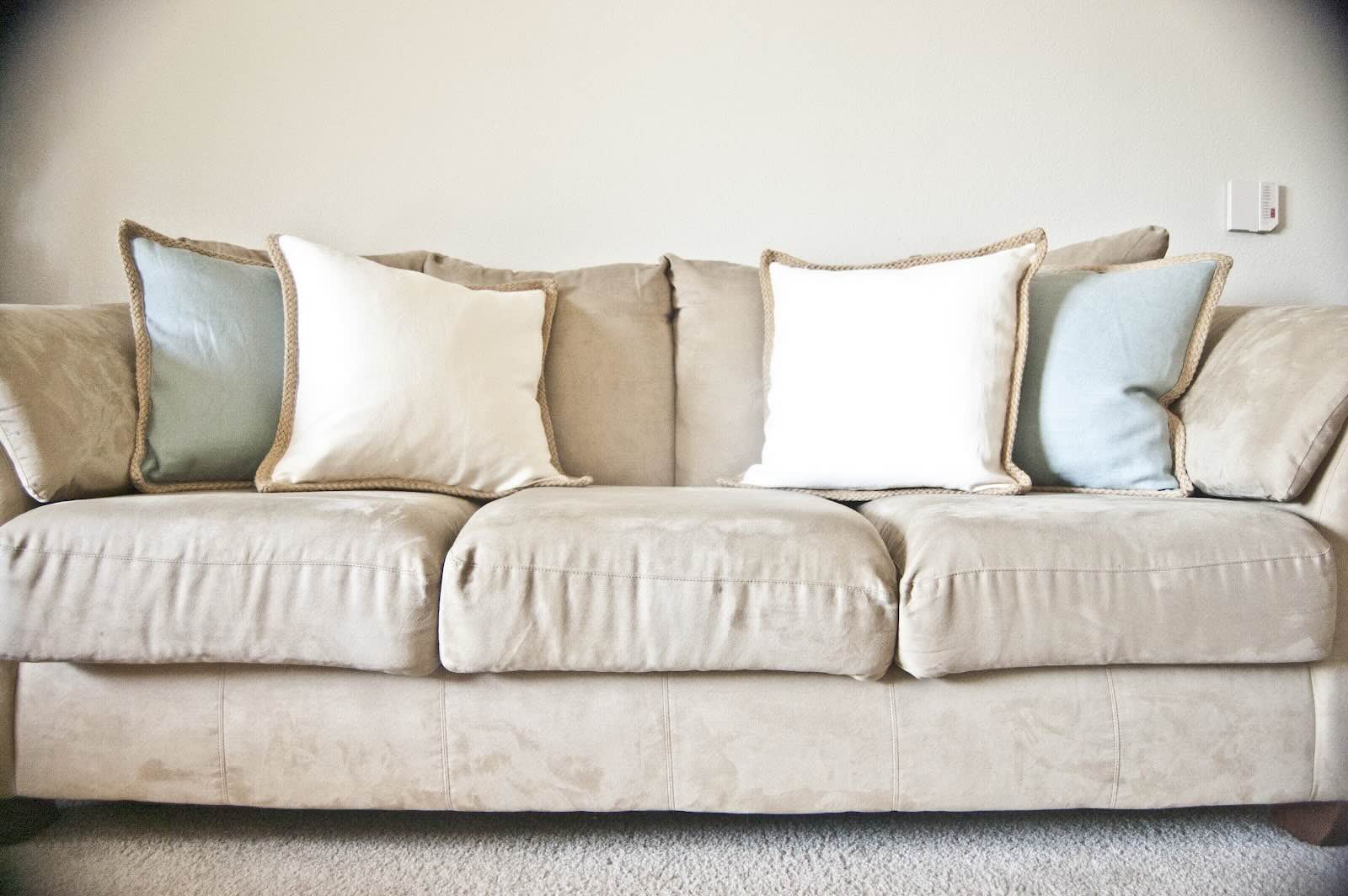
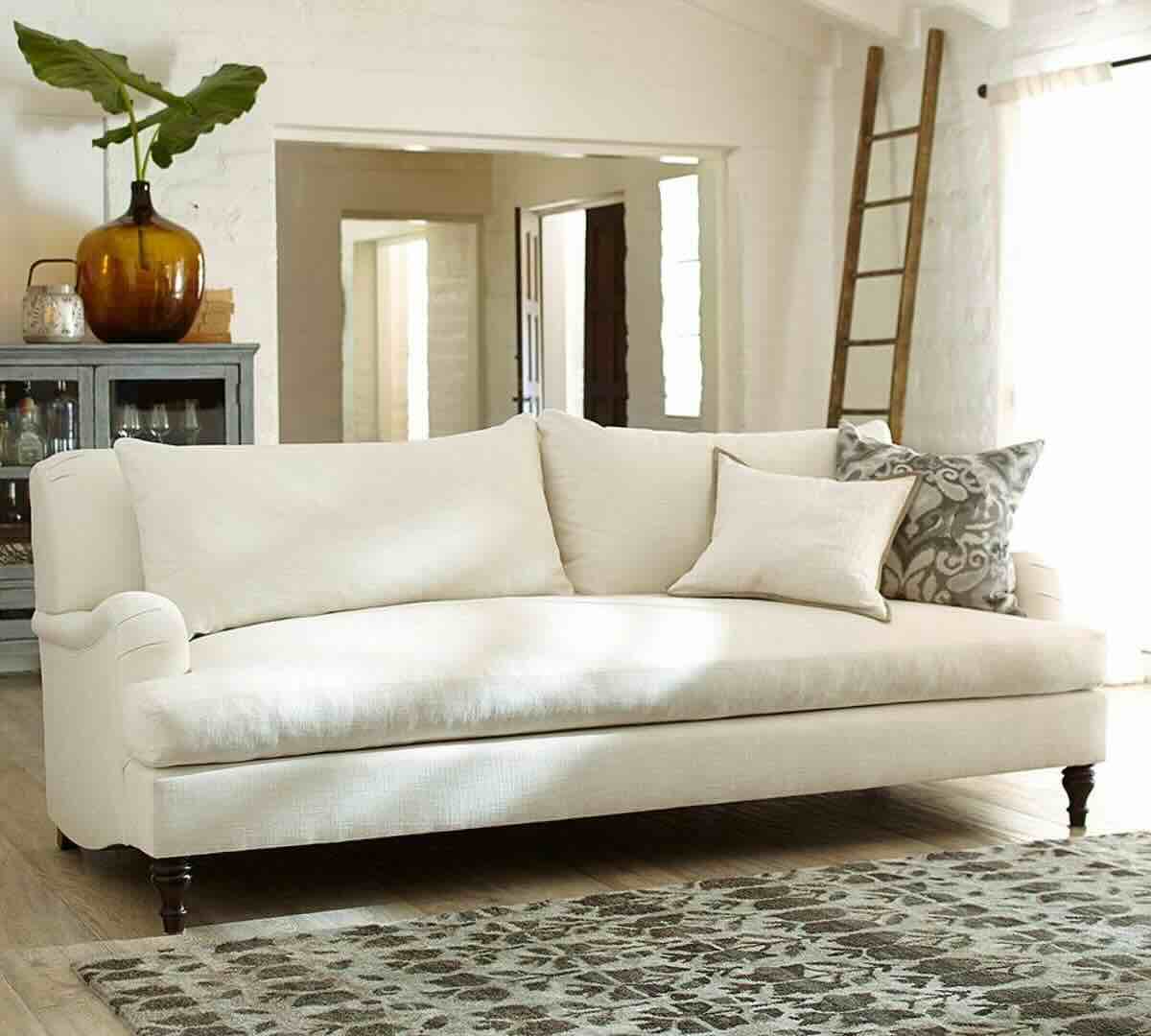
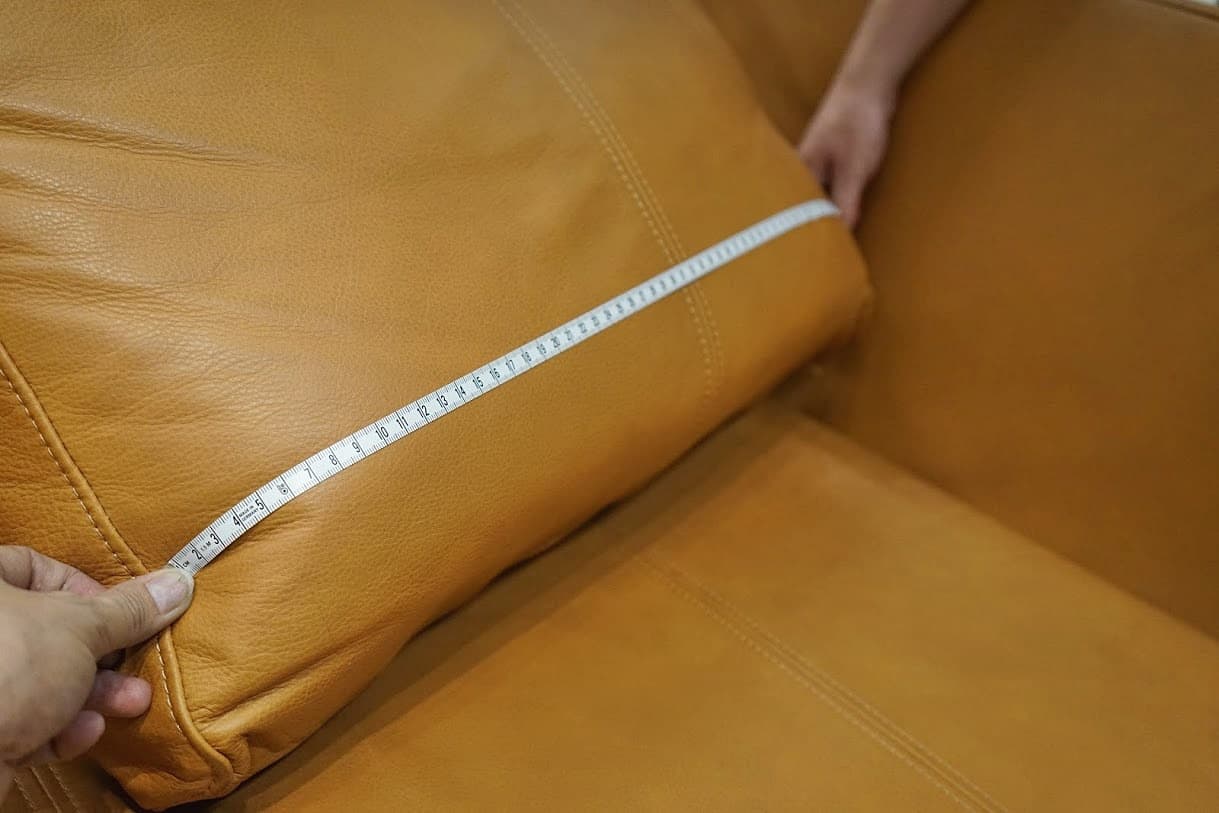

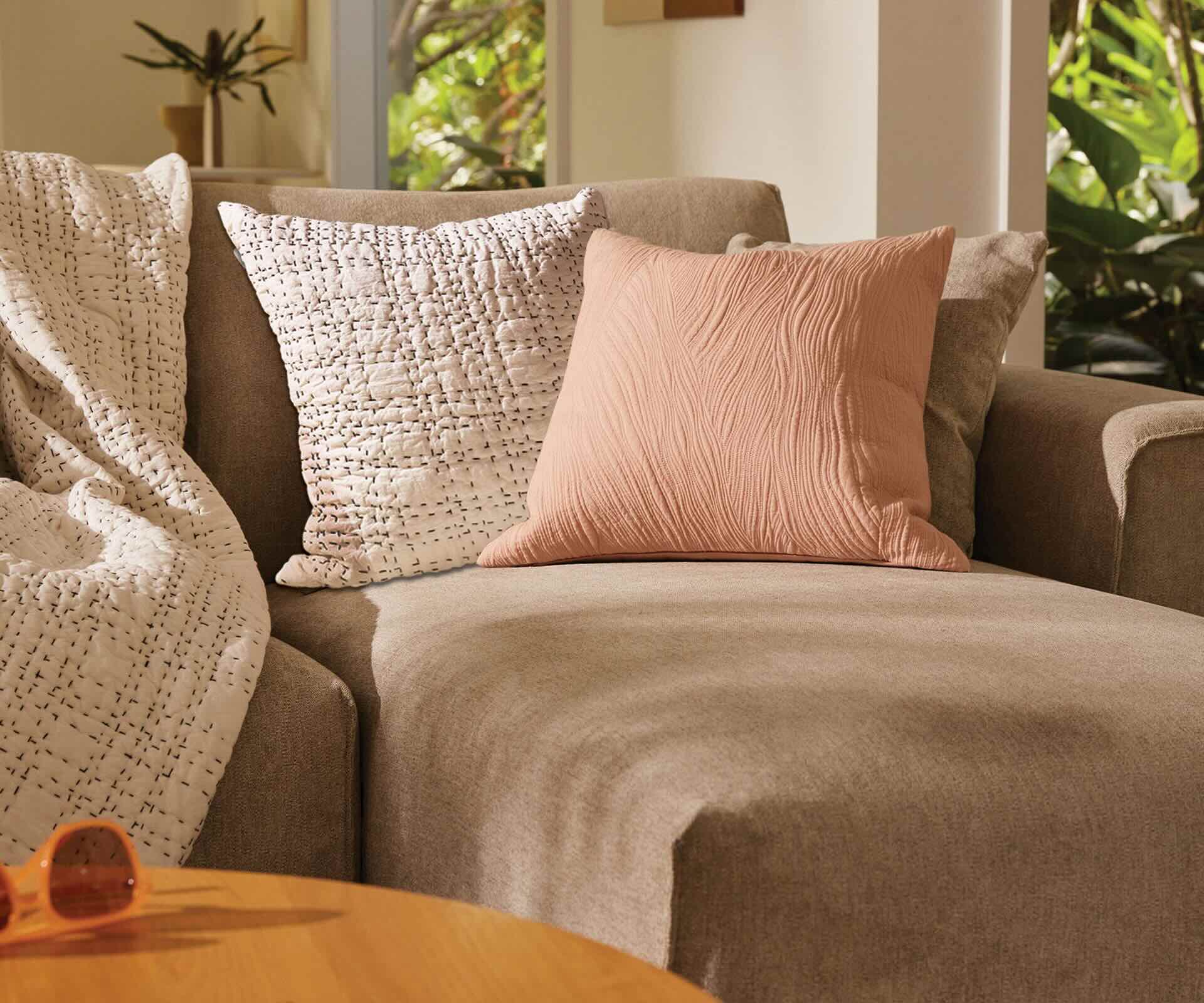
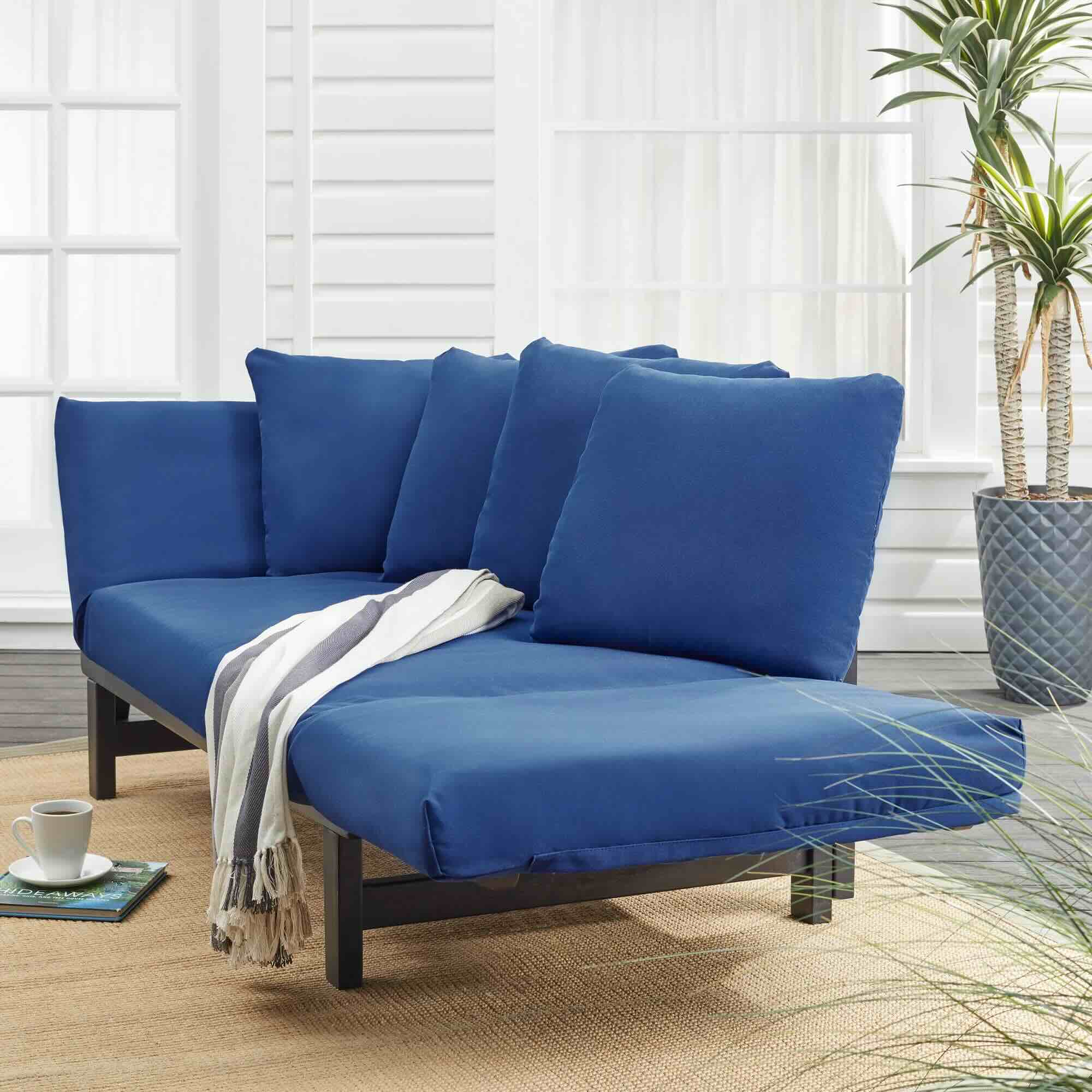

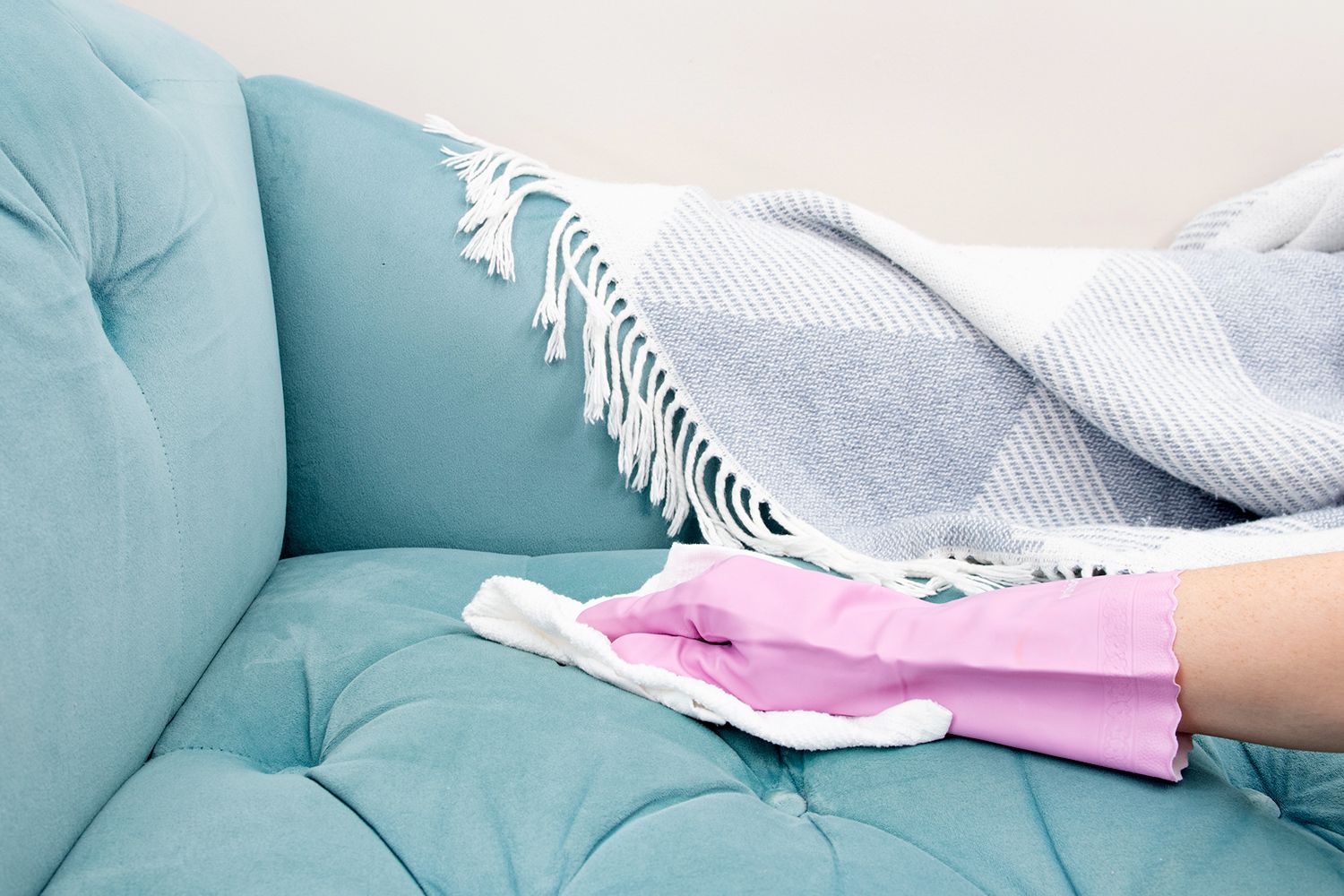
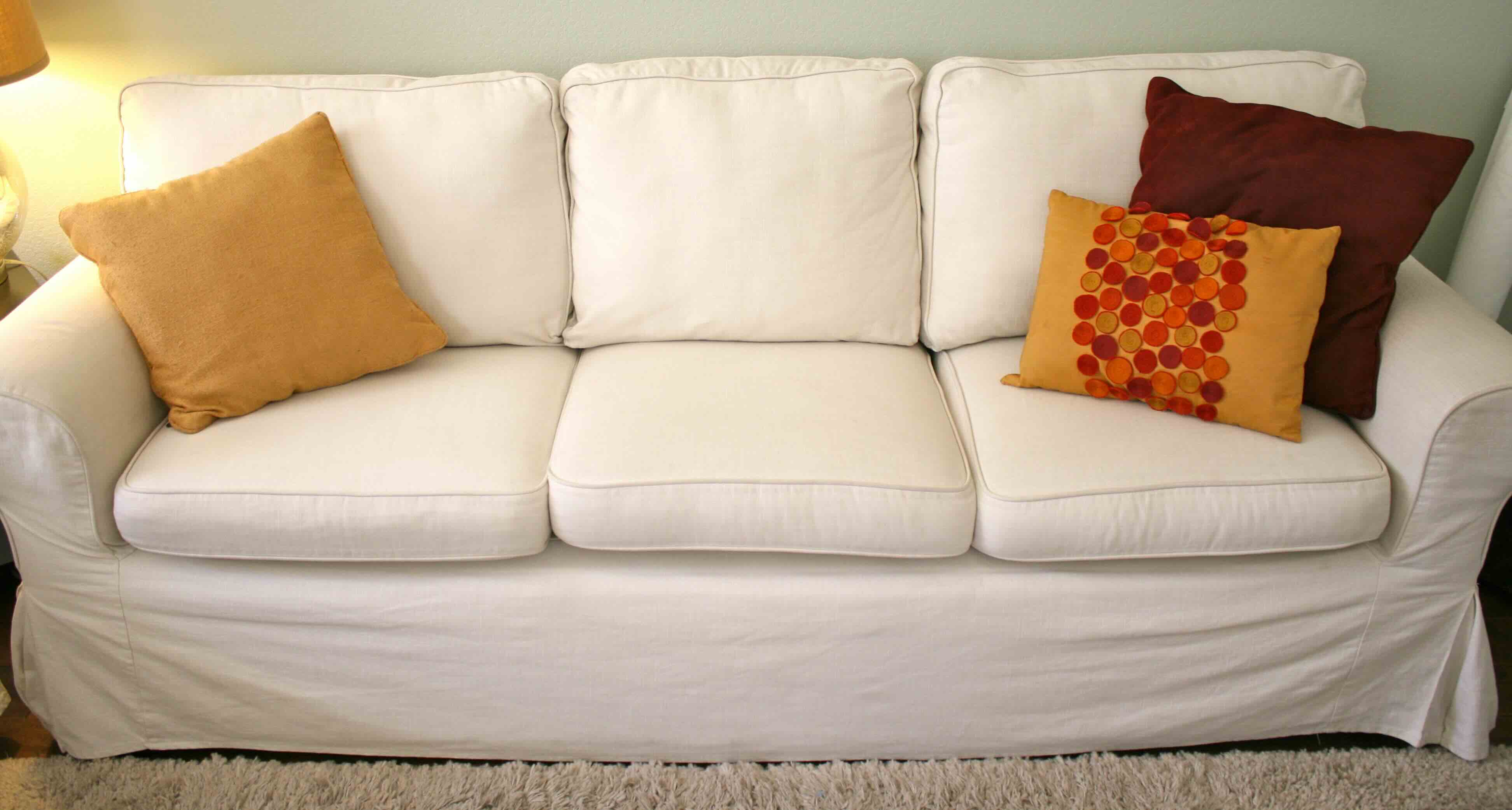
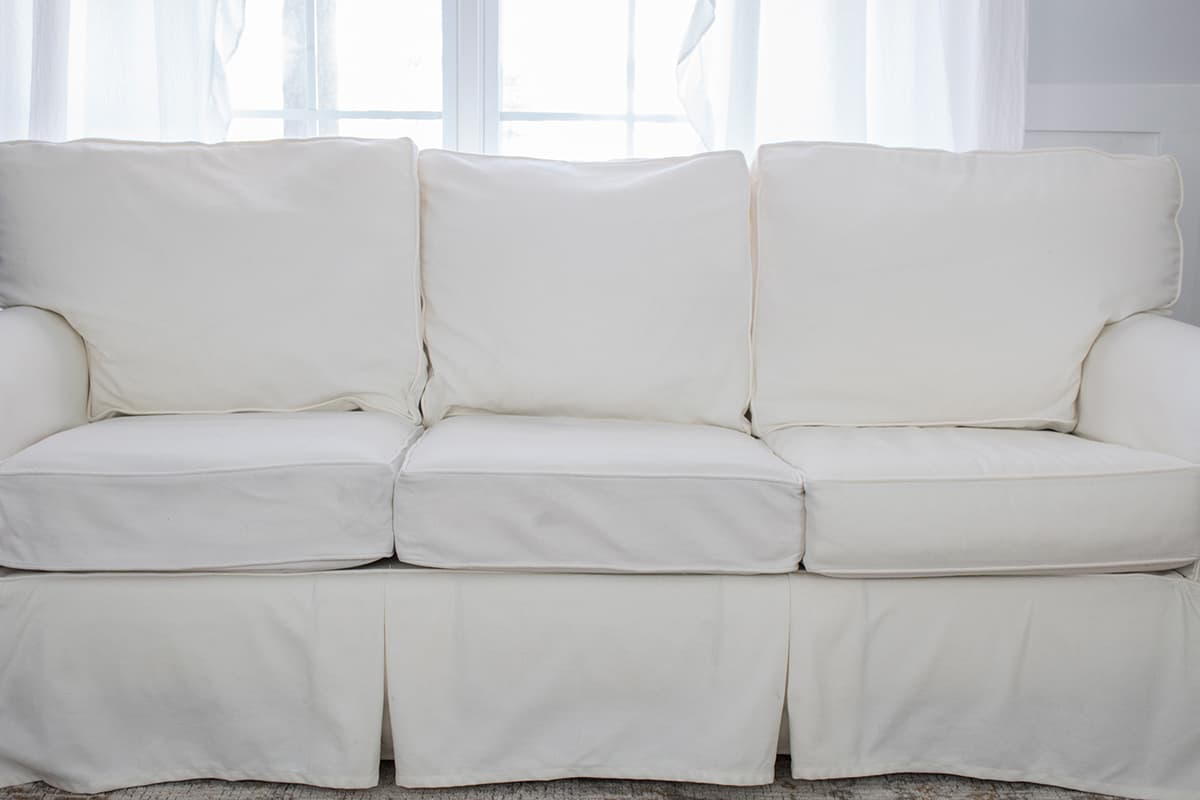
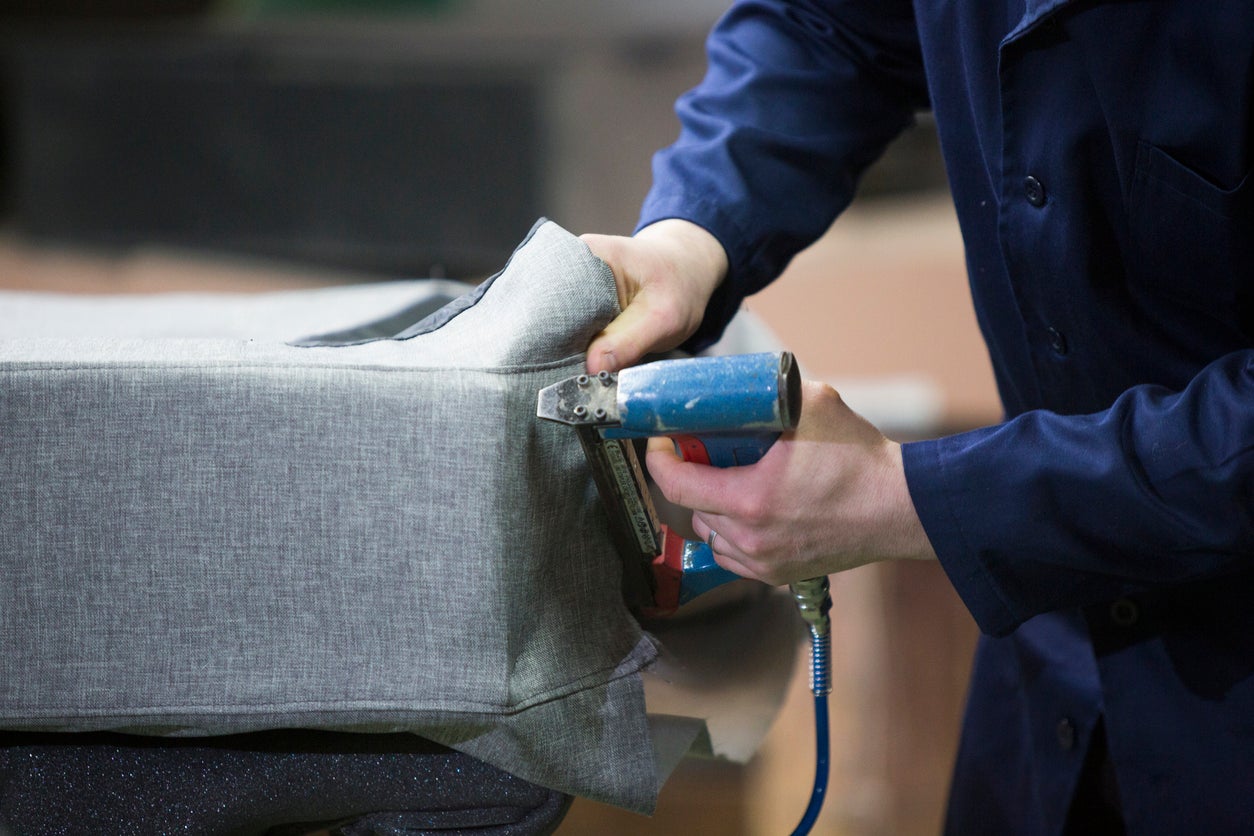
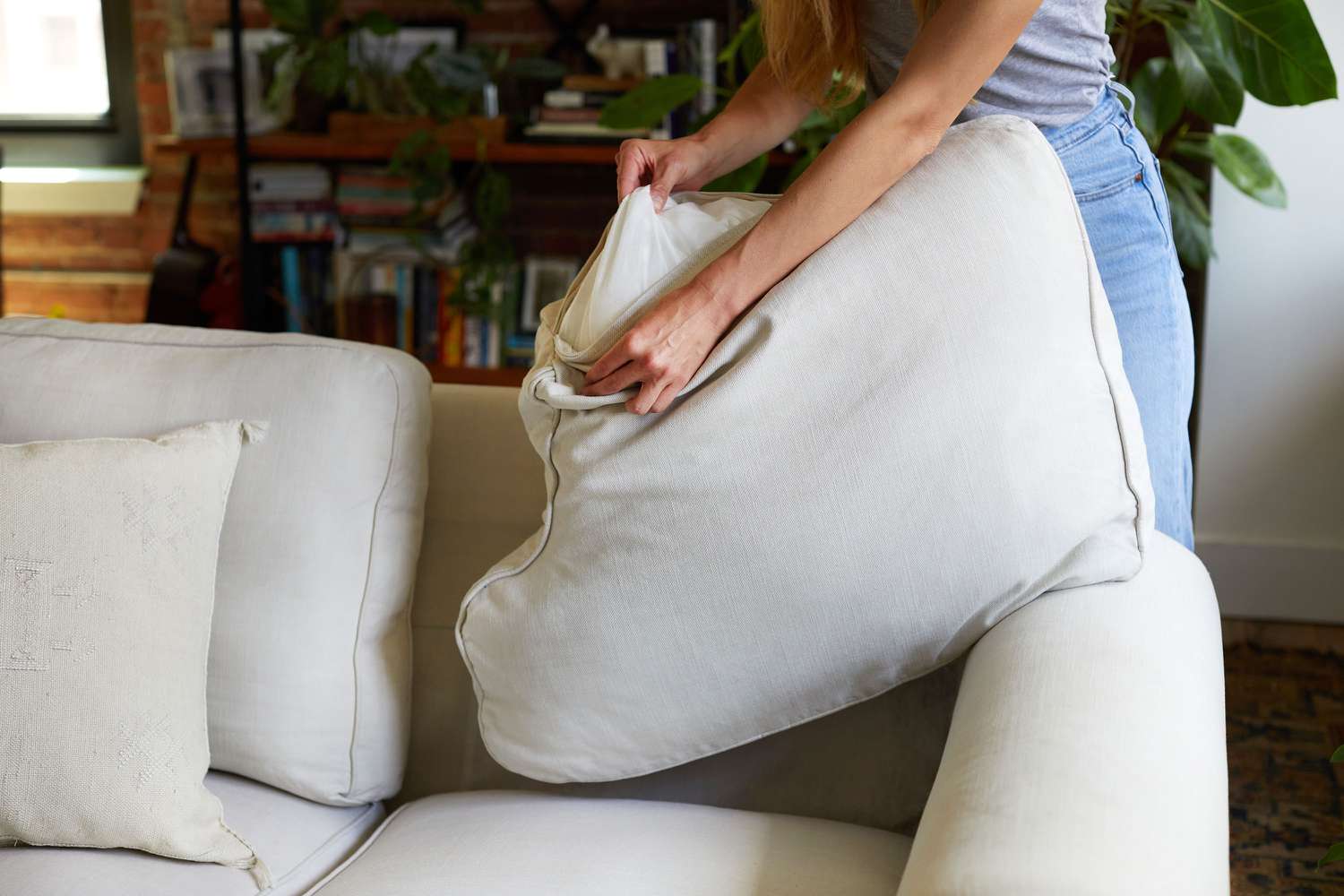
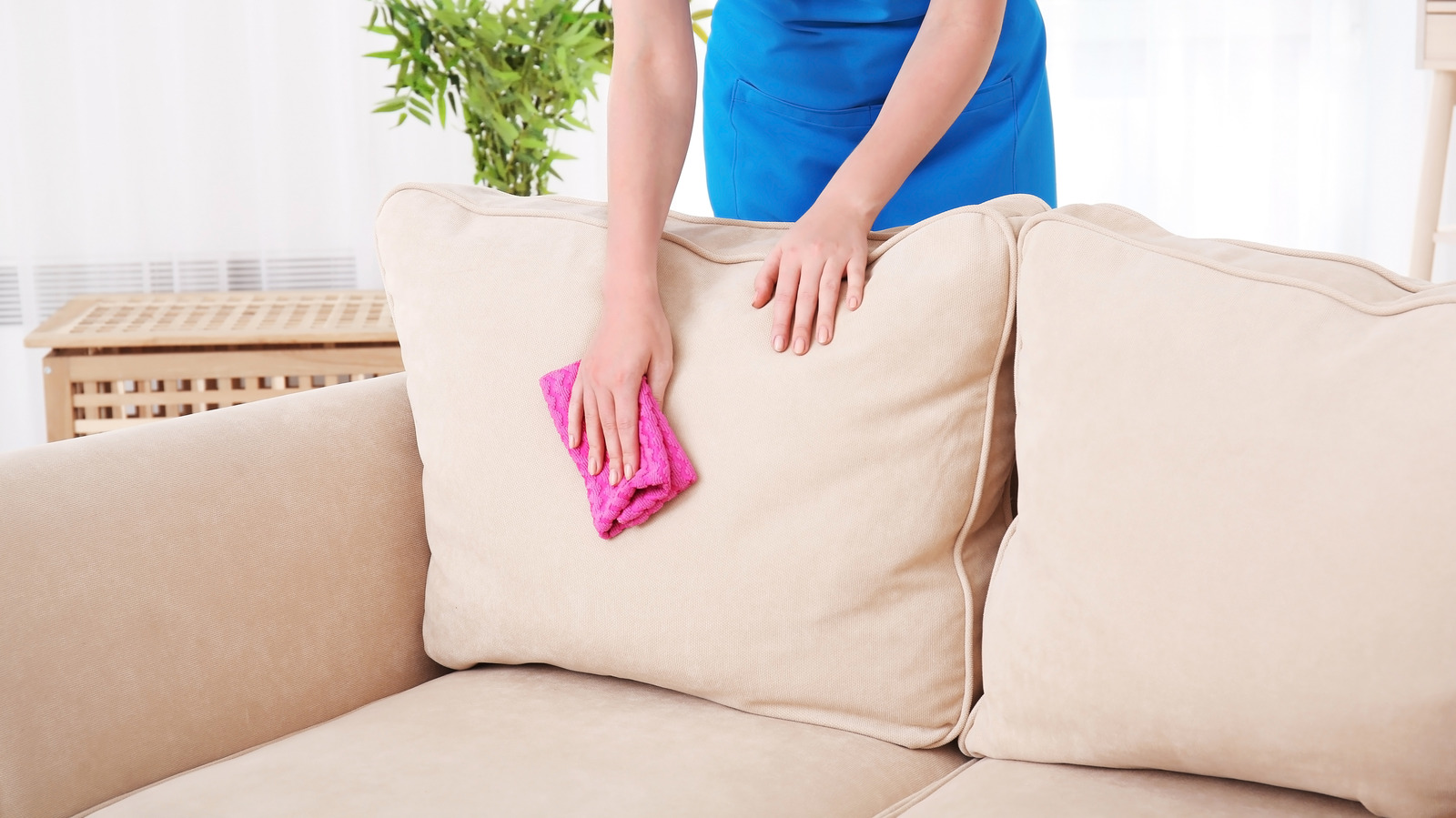

0 thoughts on “What To Do With Old Couch Cushions”